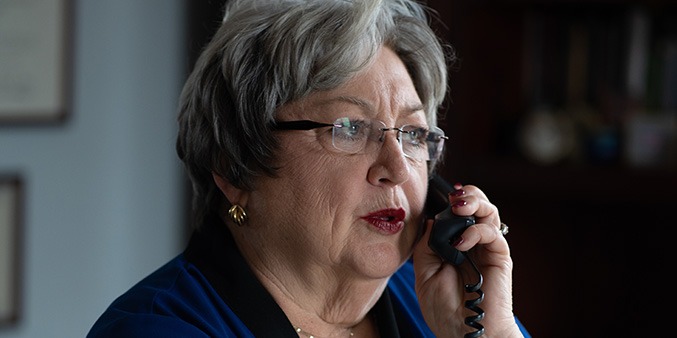
Attorneys for Sports Medicine Negligence Cases
While it’s true we love to cheer on our sports here in Indiana, it’s always a frightening moment when an athlete suffers an in-game injury.
As an example, when Indianapolis Pacers star Victor Oladipo suffered a gruesome ruptured quad tendon in 2018, attendees held their breath as medical staff rushed to his side.
Though the result was the end of Oladipo’s season, fans rested easy assuming he was receiving immediate and thorough medical care from trainers, doctors, and physical therapists.
But what about when this isn’t the case, and these trusted sports medicine professionals act negligently?
When injuries occur during the course of sports, the teams, schools, and organizations involved look to their sports medicine team to provide care and rehabilitation.
And just as in other medical settings, the professionals involved have a real responsibility and duty to these patients.
Not only are they depended on to diagnose and treat the injury, it’s also a matter of helping the athlete through recovery and an eventual return to the field.
If a sports injury was improperly diagnosed or worsened by treatment, contact an Indianapolis sports medicine negligence attorney for professional guidance today.








